Moonshine Yarrow: The Best Companion Plants For This Showstopper
Moonshine yarrow is a beautiful and versatile plant that can add a touch of elegance to any garden. It is also a valuable medicinal plant, with a long history of use for wound healing and other purposes.
In this blog post, we will discuss the best companion plants for moonshine yarrow. We will also provide some tips on how to care for this plant and how to use it medicinally.
Moonshine Yarrow: A Brief Overview
Moonshine yarrow (Achillea millefolium 'Moonshine') is a type of yarrow that is known for its silvery-white foliage. It is a perennial plant that can grow up to 2 feet tall. Moonshine yarrow blooms in the summer, producing small, white flowers.
Moonshine yarrow is a relatively easy plant to care for. It prefers full sun and well-drained soil. It is drought-tolerant and can withstand some frost.
Moonshine yarrow is a valuable medicinal plant. It has been used for centuries to treat wounds, bruises, and other skin conditions. It is also a good source of antioxidants.
Best Companion Plants for Moonshine Yarrow
Moonshine yarrow can be paired with a variety of other plants to create a beautiful and harmonious garden. Here are a few of our favorite companion plants for moonshine yarrow:
- Coneflowers: Coneflowers are a great choice for companion plants for moonshine yarrow because they have similar growing conditions. They also add a splash of color to the garden, with their bright purple or pink flowers.
- Echinacea: Echinacea is another good choice for companion plants for moonshine yarrow. It is also a medicinal plant, and it can help to attract beneficial insects to the garden.
- Salvia: Salvia is a popular choice for companion plants for moonshine yarrow because it adds a touch of height and interest to the garden. It also blooms for a long period of time, from early summer to fall.
- Lavender: Lavender is a beautiful and fragrant plant that can be paired with moonshine yarrow to create a calming and relaxing garden.

- Bee balm: Bee balm is a great choice for companion plants for moonshine yarrow because it attracts bees and other pollinators to the garden. It also blooms for a long period of time, from early summer to fall.
Caring for Moonshine Yarrow
Moonshine yarrow is a relatively easy plant to care for. It prefers full sun and well-drained soil. It is drought-tolerant and can withstand some frost.
To care for moonshine yarrow, simply water it regularly when the soil is dry. You may need to fertilize it once a year, in the spring.
Moonshine yarrow is a relatively pest- and disease-free plant. However, it may be susceptible to powdery mildew if the weather is humid. If this occurs, you can treat the plant with a fungicide.
Using Moonshine Yarrow Medicinally
Moonshine yarrow has a long history of use for wound healing and other medicinal purposes. It is a good source of antioxidants, and it can help to reduce inflammation.
To use moonshine yarrow medicinally, you can make a tea from the leaves or flowers. You can also apply the leaves directly to wounds.
Conclusion
Moonshine yarrow is a beautiful and versatile plant that can add a touch of elegance to any garden. It is also a valuable medicinal plant, with a long history of use for wound healing and other purposes.
If you are looking for a new plant to add to your garden, we highly recommend moonshine yarrow. It is easy to care for, and it can provide you with both beauty and medicinal benefits.
Moonshine yarrow is a beautiful and versatile plant that can be used in a variety of ways in the garden. It is also a great companion plant, meaning that it can be planted near other plants to benefit both of them.
Some good companion plants for moonshine yarrow include:
- Butterflyweed
- Hairy wild petunia
- Little spire Russian sage
- Catmint
- Geranium 'Rozanne'
- Salvia x sylvestris 'Mainacht'
- Dahlia 'David Howard'
These plants all have similar moisture requirements and can help to deter pests and diseases. They also complement the moonshine yarrow's bright yellow flowers, creating a beautiful and harmonious display.
If you are interested in learning more about moonshine yarrow companion plants, I recommend visiting Gardenia Inspiration. This website has a wealth of information on the subject, including a list of recommended companion plants, as well as tips on how to plant and care for moonshine yarrow.
FAQ of moonshine yarrow companion plants
Q1: What are good companion plants for moonshine yarrow?
A: Moonshine yarrow is a versatile plant that can be paired with a variety of other plants. Some good companion plants include:
- Salvias: Salvias come in a wide range of colors and heights, so you can easily find one that will complement the silvery-white flowers of moonshine yarrow. They also attract pollinators, which is a plus.
- Penstemon: Penstemon is another tall, upright plant that will add height and color to your garden. They also bloom for a long period of time, so you'll enjoy their flowers for months.
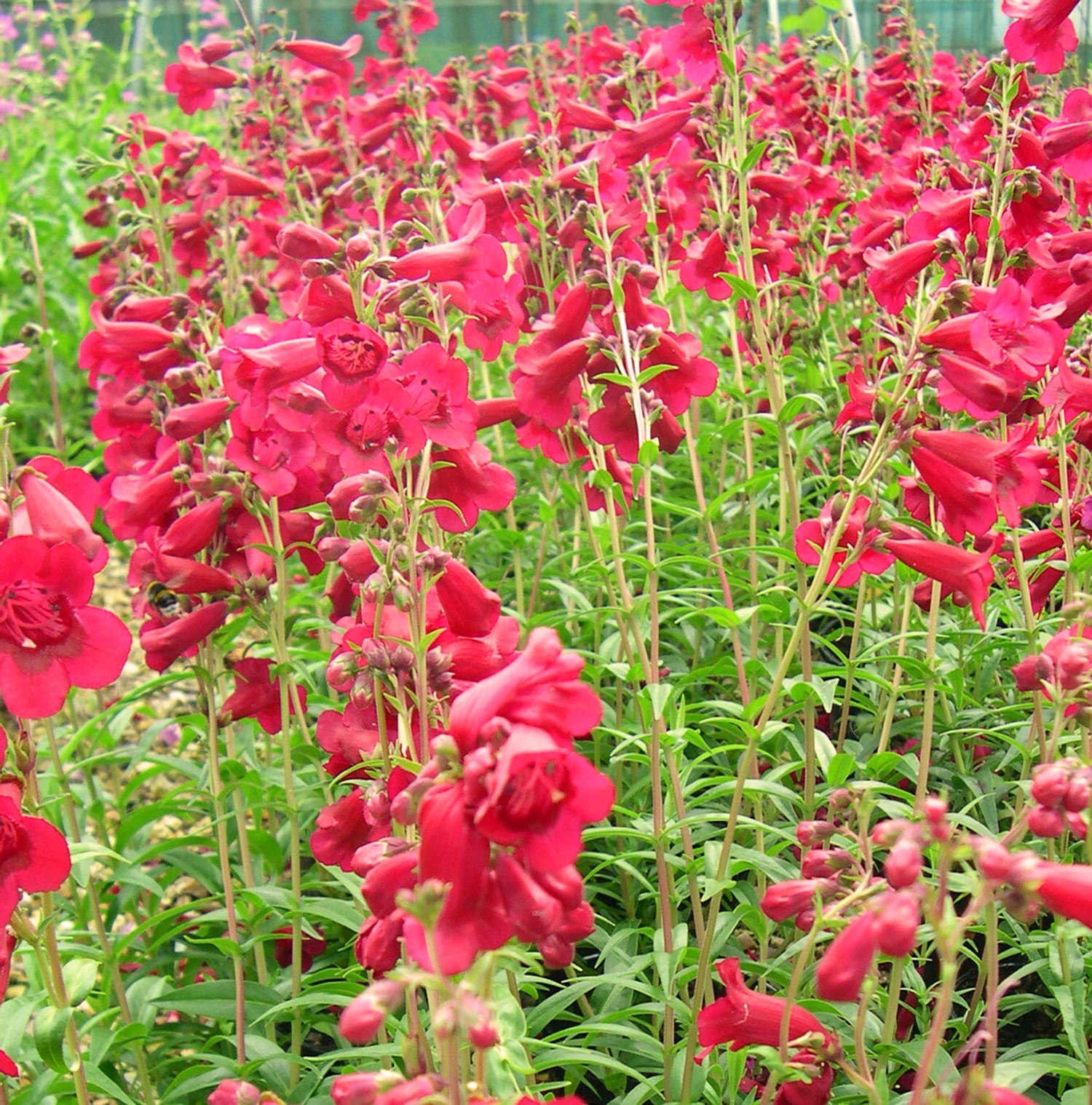
- Daylilies: Daylilies are a classic garden flower that is easy to care for. They come in a variety of colors, so you can find one that will match your moonshine yarrow.
- Echinacea: Echinacea is a beautiful and hardy plant that is known for its medicinal properties. It blooms in shades of pink, purple, and white, which will look great with the silvery-white flowers of moonshine yarrow.
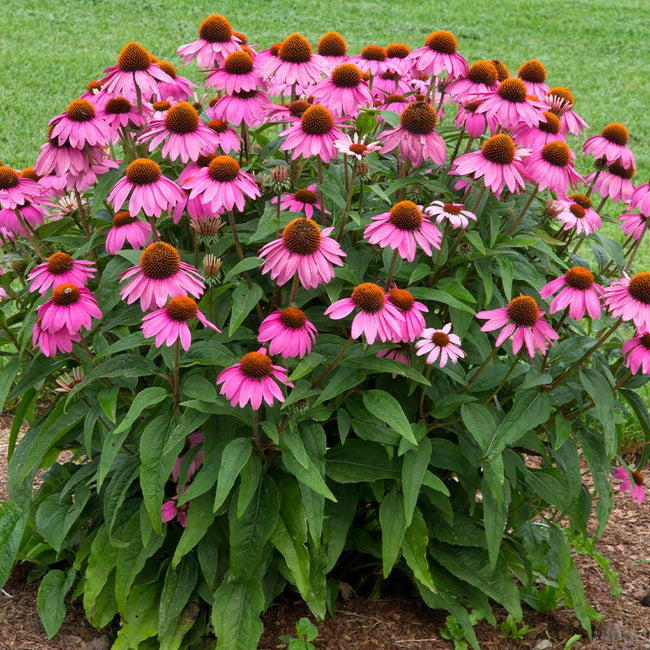
- Bee balm: Bee balm is a pollinator-friendly plant that attracts bees, butterflies, and hummingbirds. It blooms in shades of pink, purple, and red, which will add a pop of color to your garden.
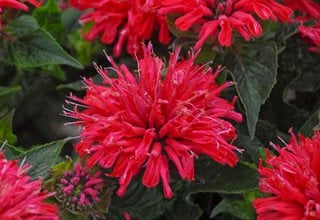
Q2: What are the benefits of companion planting with moonshine yarrow?
A: There are several benefits to companion planting with moonshine yarrow. These include:
- Attracting pollinators: Moonshine yarrow is a magnet for pollinators, such as bees, butterflies, and hummingbirds. These pollinators help to pollinate other plants in your garden, which leads to better yields.
- Disease and pest resistance: Moonshine yarrow is a relatively disease- and pest-resistant plant. This means that it can help to protect other plants in your garden from pests and diseases.
- Improved soil quality: Moonshine yarrow is a nitrogen-fixing plant. This means that it can help to improve the soil quality in your garden by adding nitrogen.
- Visual appeal: Moonshine yarrow is a beautiful plant that can add interest and color to your garden. It can be used to create a variety of different garden designs.
Q3: How do I plant moonshine yarrow with other plants?
A: When planting moonshine yarrow with other plants, it is important to consider the following factors:
- Sunlight: Moonshine yarrow needs full sun to partial shade. Make sure that the other plants you choose will also thrive in these conditions.
- Water: Moonshine yarrow is drought-tolerant once established. However, it is important to water it regularly when it is first planted. The other plants you choose should also have similar water requirements.
- Soil: Moonshine yarrow prefers well-drained soil. Make sure that the other plants you choose will also do well in this type of soil.
- Height: Moonshine yarrow can grow up to 3 feet tall. Make sure that the other plants you choose will not be overshadowed by it.
Q4: How do I care for moonshine yarrow and its companion plants?
A: The care requirements for moonshine yarrow and its companion plants will vary depending on the specific plants. However, there are some general care tips that you can follow:
- Water regularly: Water the plants regularly, especially during the first year after planting.
- Fertilize occasionally: Fertilize the plants occasionally with a balanced fertilizer.
- Deadhead flowers: Deadhead the flowers regularly to encourage new blooms.
- Protect from pests and diseases: Monitor the plants for pests and diseases and take steps to control them as needed.
Q5: How do I propagate moonshine yarrow?
A: Moonshine yarrow can be propagated by division or by cuttings.
- Division: To propagate moonshine yarrow by division, dig up a mature plant in the spring or fall. Use a sharp knife to divide the plant into two or three sections. Replant the divisions in well-drained soil.
- Cuttings: To propagate moonshine yarrow by cuttings, take 4-6 inch cuttings from a healthy plant in the spring or summer. Remove the lower leaves from the cuttings and dip them in rooting hormone. Plant the cuttings in a well-drained potting mix and keep them moist. The cuttings should root in about 4-6 weeks.
Image of moonshine yarrow companion plants
5 different images of "moonshine yarrow companion plants" from Pinterest:
- Purple coneflower: This tall, daisy-like flower is a great companion for moonshine yarrow because it attracts the same pollinators. It also blooms at the same time as moonshine yarrow, so you'll get a long season of blooms.
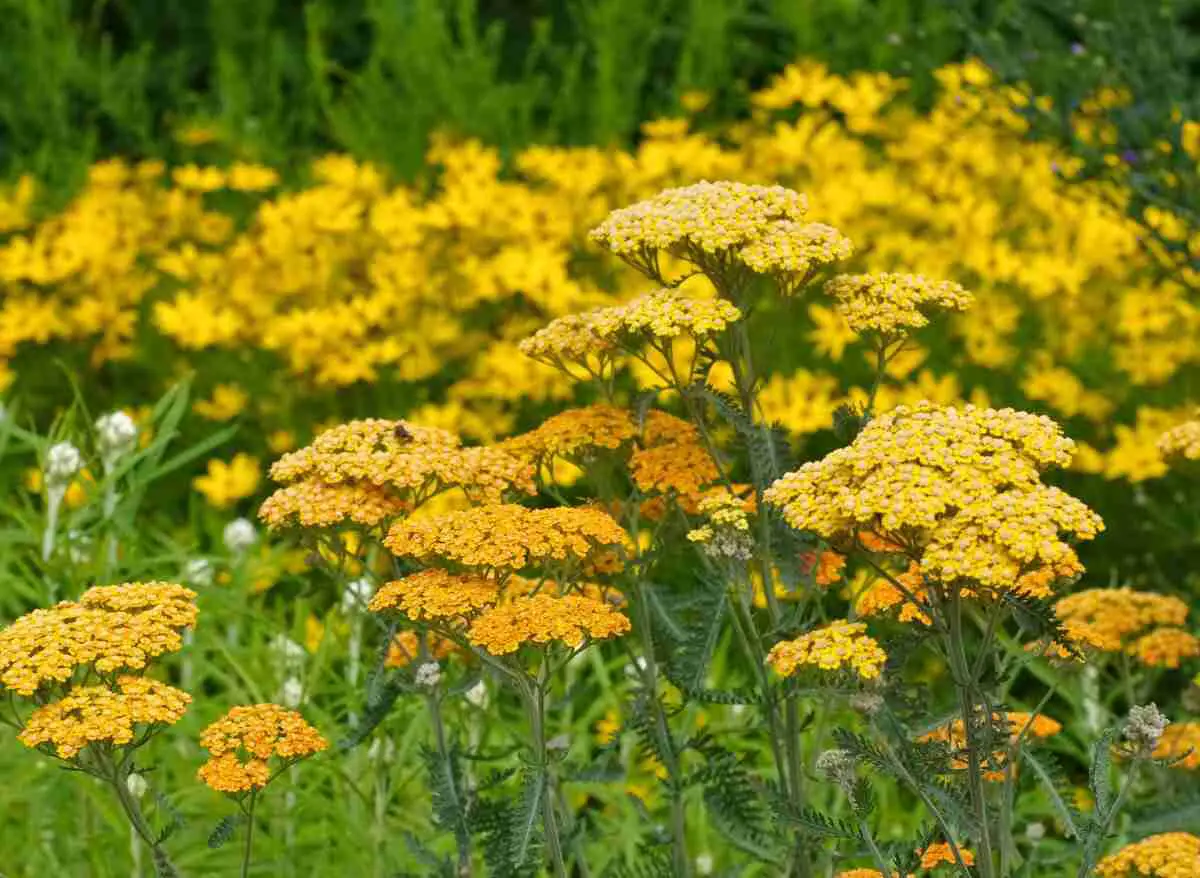
- Echinacea: Another daisy-like flower that's a good companion for moonshine yarrow is echinacea. It's also a native plant, so it's good for the environment.
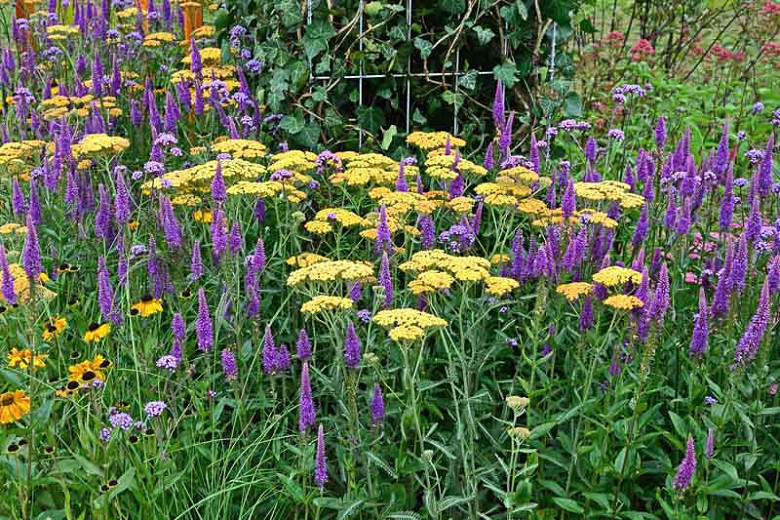
- Salvia: Salvia is a great choice for a companion plant because it attracts butterflies and other beneficial insects. It also has colorful flowers that will complement the white flowers of moonshine yarrow.

- Lavender: Lavender is a classic companion plant that goes well with many different flowers. It's also a good choice for attracting pollinators.

- Catmint: Catmint is a low-growing plant that's perfect for filling in the spaces around moonshine yarrow. It also has fragrant flowers that attract bees and butterflies.


Post a Comment for "Moonshine Yarrow: The Best Companion Plants For This Showstopper"